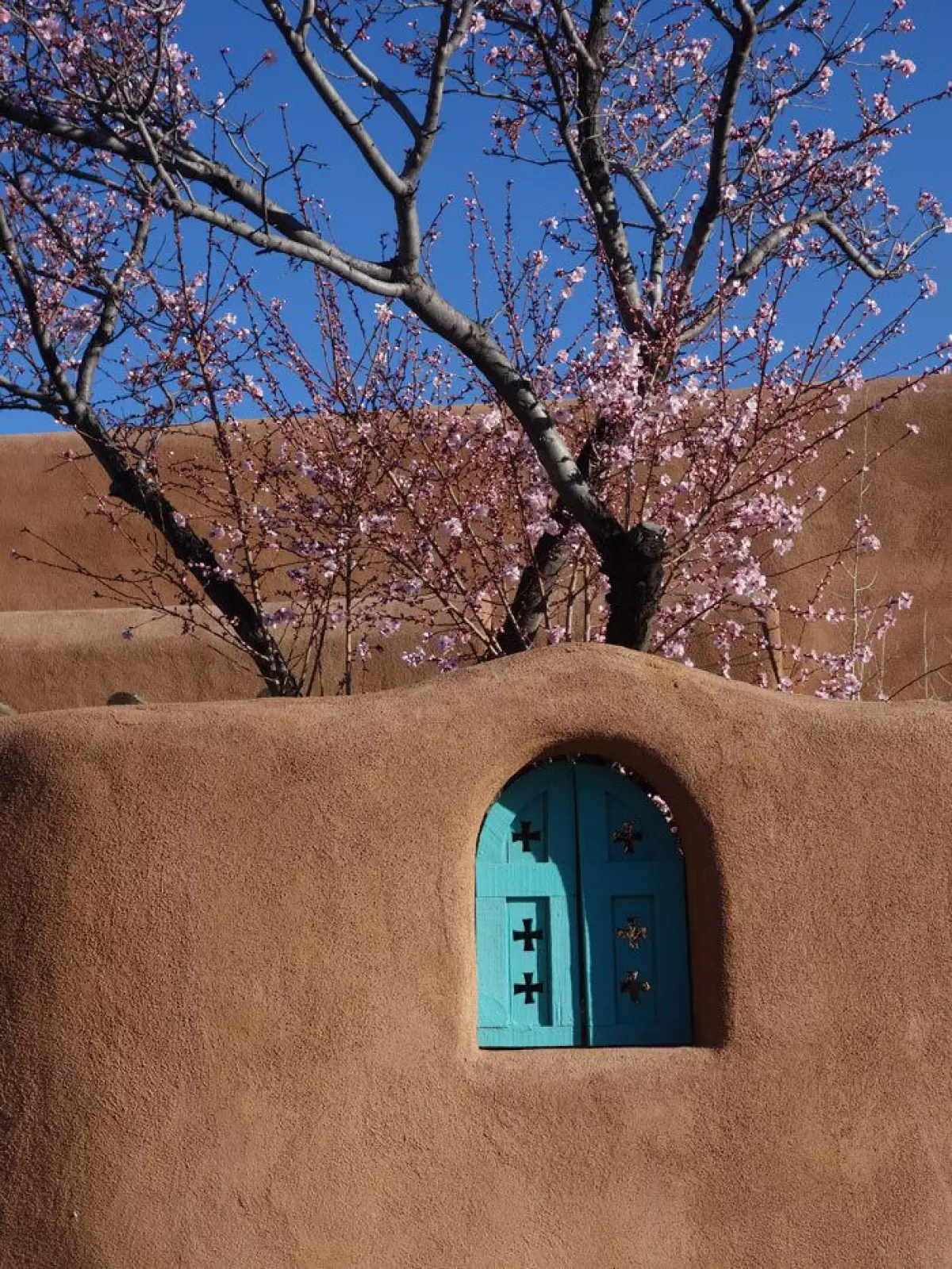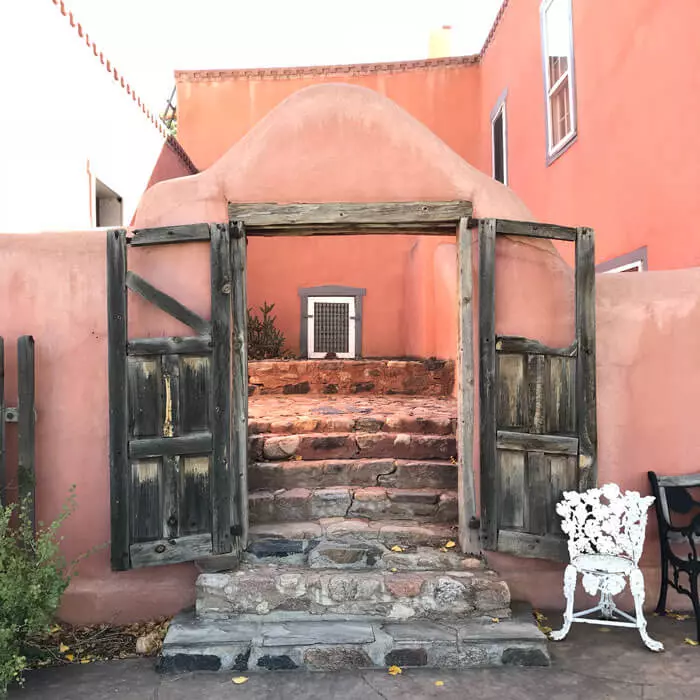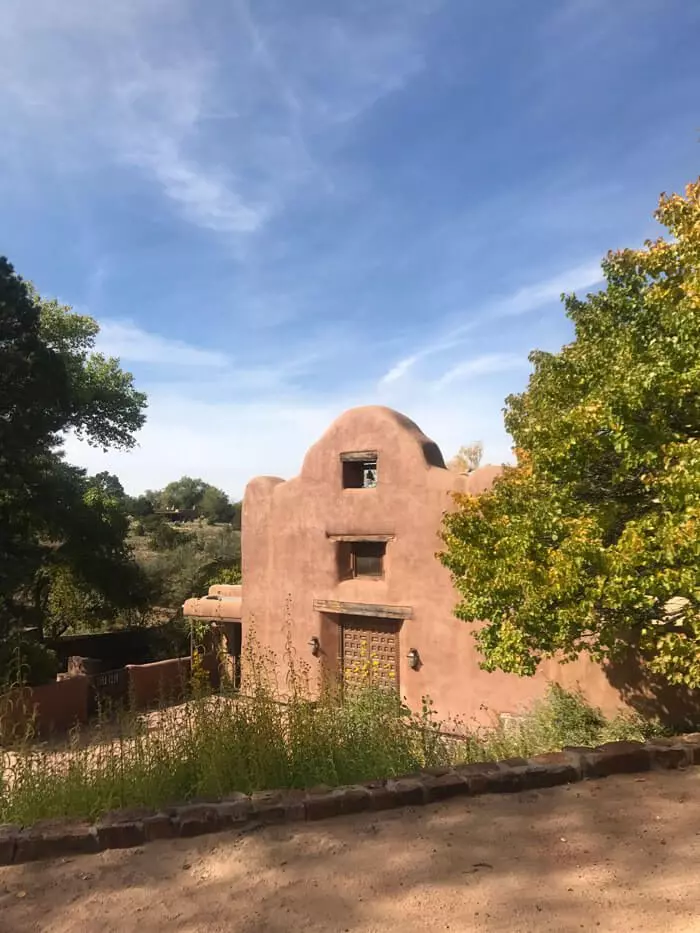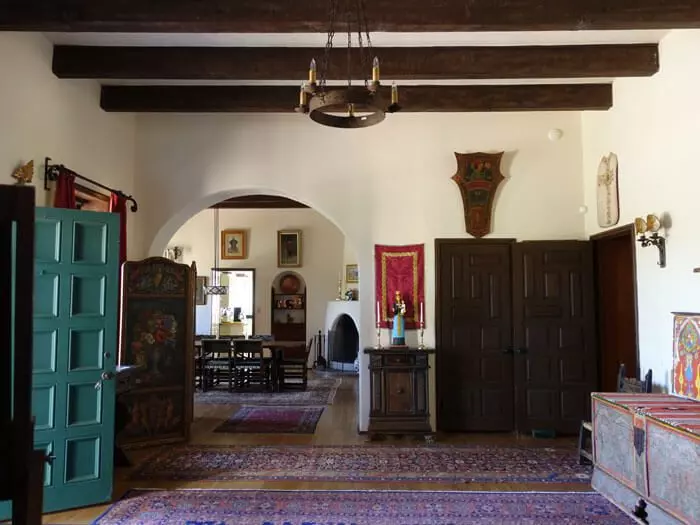
Santa Fe, a city known for its rich architectural heritage, has a distinctive style that has captivated visitors for years. But what exactly is Santa Fe Style, and how has it evolved over time?
Uncovering the Signature Santa Fe Style
Imagine standing in the grand sala of the Acequia Madre House, surrounded by deeply stained beams and a large arched opening into the dining room with a traditional kiva fireplace. As you explore further, you notice details that don't quite fit the Territorial style it was once described as. Elements of Spanish Pueblo Revival, from the carved wood posts to the bullnosed openings, become evident.
This unique combination of architectural elements defines the signature Santa Fe Style. It borrows from various precedent styles, such as Puebloan terraced adobe blocks and Hispanic vernacular homes, while also incorporating Territorial and even Victorian details. The result is an architectural assemblage that evokes the essence of Santa Fe.
The Rise of Spanish Pueblo Revival Style
 Image: Santa Fe Style Storefront, Canyon Road, 2016. Courtesy of Archinia.
Image: Santa Fe Style Storefront, Canyon Road, 2016. Courtesy of Archinia.
When I first encountered Spanish Pueblo Revival style at La Fonda on the Plaza, I was immediately struck by its layers of openings and rich textures. This style, developed in the early-mid twentieth century, aimed to reimagine and elevate traditional New Mexican architecture. Wealthy transplants hired architects to create something "better" than the existing multicultural architectural fabric.
Spanish Pueblo Revival style features hand-forged iron railings, tinwork sconces, and chandeliers, as well as spectacular hand-carved wooden details. It brought a touch of romanticism to traditional crafts, influenced by the Arts and Crafts movement. The style sought to streamline and refine the design techniques that make New Mexico architecture exceptional, while also providing work for local builders and craftsmen.
Shifting Perspectives and Heightened Senses
 Image: Spanish Pueblo Revival Details, Randall Davey Audobon House, 2018. Courtesy of Archinia.
Image: Spanish Pueblo Revival Details, Randall Davey Audobon House, 2018. Courtesy of Archinia.
Over time, my perspective on these architectural styles changed as I developed a disability and became more attuned to my other senses. My heightened hearing, sense of temperature, and desire to touch and taste architectural features revealed a new way of experiencing buildings.
Territorial-style buildings, with their efficiency and orderliness, provide a straightforward experience. On the other hand, Spanish Pueblo Revival style offers an enchanting journey through its layered spaces. I physically feel the coolness of earthen walls, the pops of light from tiny windows, and the rushes of air. Each space has its own unique character, inviting me to be truly present and immersed in the surroundings.
The Battle for Recognition
 Image: Spanish Pueblo Revival Details, Santa Fe Historic District, 2018. Courtesy of Archinia.
Image: Spanish Pueblo Revival Details, Santa Fe Historic District, 2018. Courtesy of Archinia.
However, the recognition and preservation of Santa Fe Style face challenges. The State of New Mexico's guidelines for identifying historic building styles do not mention Santa Fe Style, making it difficult to establish its architectural significance. This discrepancy complicates preservation efforts and creates confusion for renovation and new construction projects.
Historians often resort to using Spanish Pueblo Revival to describe Santa Fe Style, blurring the lines between the two styles. While they share common elements, they are not interchangeable. Santa Fe Style encompasses a multitude of architectural fruits, with Spanish Pueblo Revival being the most magnificent and flamboyant. However, it doesn't solely belong to Santa Fe—it belongs to all of New Mexico.
A Call for Recognition and Reconciliation
In order to ensure a sustainable future for Santa Fe, it is crucial for the city and state to reconcile their differing views on Santa Fe Style. The formal recognition of Santa Fe Style would help preserve the city's complete architectural history, representing the diverse cultures, arts, stories, and people that have shaped it.
 Image: Spanish Pueblo Revival Window, School for Advanced Research, 2018. Courtesy of Archinia.
Image: Spanish Pueblo Revival Window, School for Advanced Research, 2018. Courtesy of Archinia.
As I continue my architectural exploration, my disabilities have taught me to appreciate the richness and depth of our buildings. Architecture is no longer just an object to behold but an experience to be fully immersed in. By embracing and preserving Santa Fe Style, we can ensure that future generations can also revel in the magic and beauty of this unique architectural heritage.
 Image: Territorial Doors and Windows, Santa Fe Historic District, 2017. Courtesy of Archinia.
Image: Territorial Doors and Windows, Santa Fe Historic District, 2017. Courtesy of Archinia.
 Image: Spanish Pueblo Revival Details, La Fonda on the Plaza, 2016. Courtesy of Archinia.
Image: Spanish Pueblo Revival Details, La Fonda on the Plaza, 2016. Courtesy of Archinia.
 Image: Acequia Madre House, 2018. Courtesy of Archinia.
Image: Acequia Madre House, 2018. Courtesy of Archinia.

















